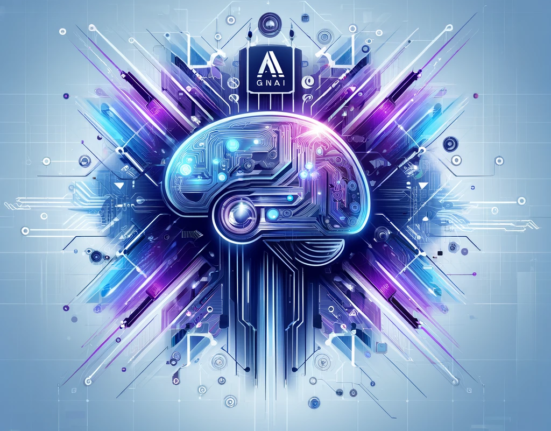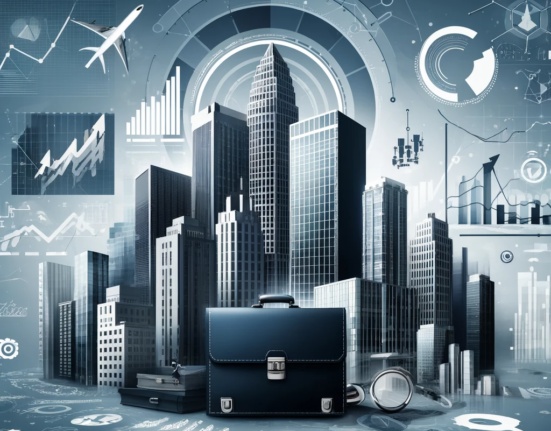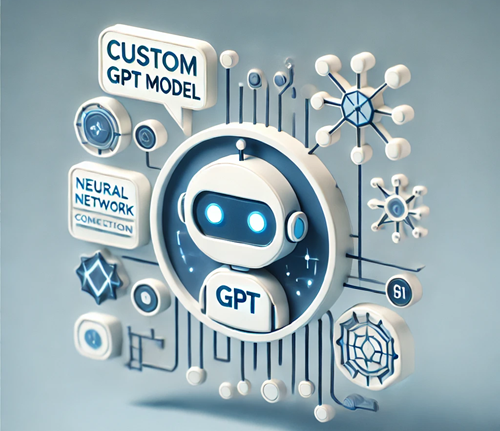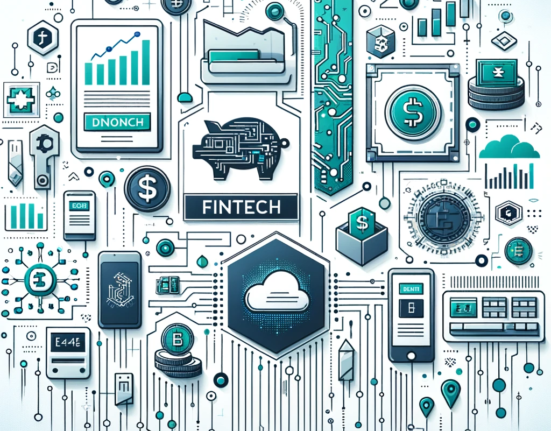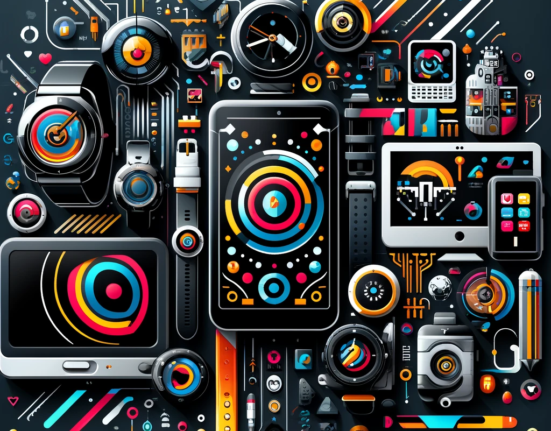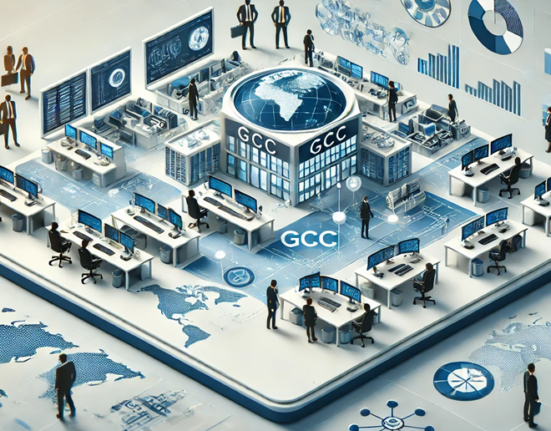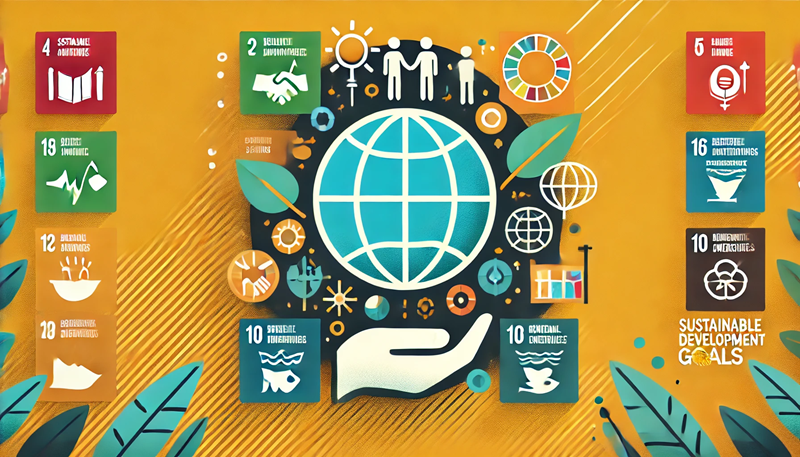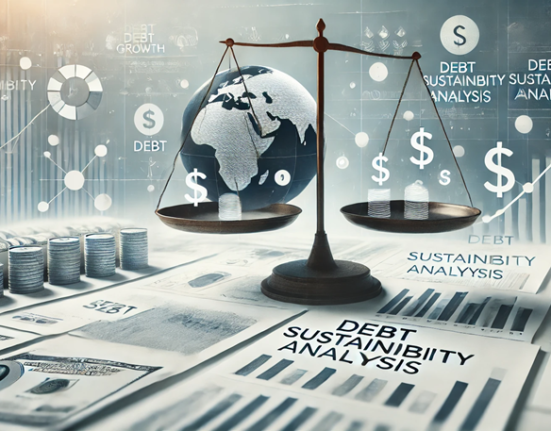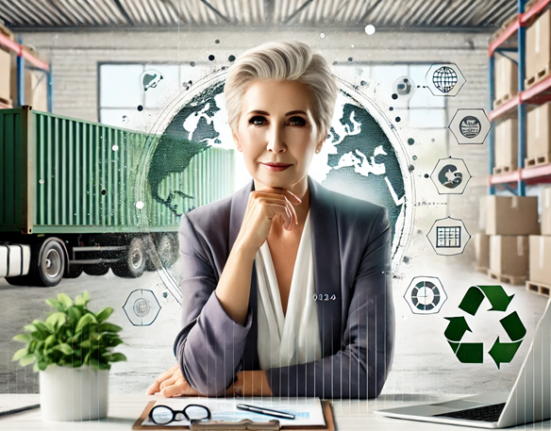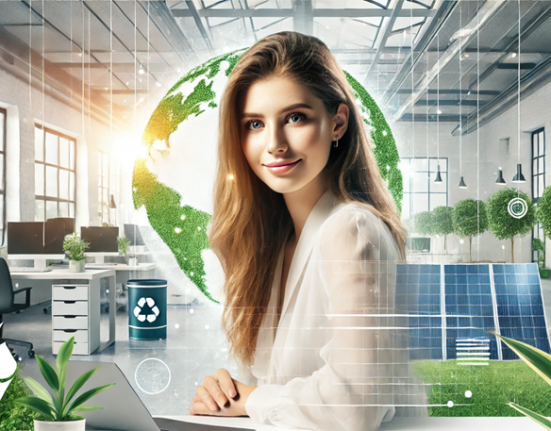The Sustainable Development Goals (SDGs), adopted by the United Nations in 2015, have become a guiding framework for addressing the world’s most pressing challenges. From eradicating poverty and ensuring quality education to combating climate change and fostering sustainable communities, the 17 SDGs represent a unified global commitment to a better future. As the world approaches 2030, the halfway mark of the SDG timeline, their impact on global progress is becoming increasingly evident.
A Blueprint for a Better World
The SDGs are not just aspirational goals but actionable targets designed to create a sustainable and equitable future. They encompass three core pillars: economic development, social inclusion, and environmental sustainability. Together, these pillars address issues that transcend borders, emphasizing the need for global cooperation.
For instance, Goal 1: No Poverty aims to eradicate extreme poverty by providing access to resources, employment opportunities, and financial inclusion. Meanwhile, Goal 13: Climate Action highlights the urgent need to reduce greenhouse gas emissions and mitigate the effects of climate change. Each goal is interconnected, reflecting the holistic approach required for sustainable development.
Economic Growth Through Sustainable Development
One of the SDGs’ key contributions is their ability to align economic growth with sustainability. Goals such as Goal 8: Decent Work and Economic Growth and Goal 9: Industry, Innovation, and Infrastructure focus on fostering inclusive and sustainable economic progress. By promoting green jobs, renewable energy investments, and sustainable infrastructure, the SDGs are reshaping economies worldwide.
Countries like Germany and Denmark have made significant strides in integrating renewable energy into their economic systems. Their investments in wind and solar energy not only reduce emissions but also create employment opportunities, demonstrating how economic growth and environmental preservation can go hand in hand.
Social Inclusion and Empowerment
The SDGs emphasize the importance of social inclusion, ensuring no one is left behind. Goal 5: Gender Equality and Goal 10: Reduced Inequalities focus on dismantling barriers that perpetuate discrimination and inequality. From advancing women’s rights to providing opportunities for marginalized communities, these goals are driving social progress.
Programs like India’s Beti Bachao Beti Padhao campaign, aimed at improving female literacy and reducing gender disparity, exemplify how governments are leveraging SDGs to address long-standing issues. Similarly, grassroots initiatives across Africa are empowering local communities through education, healthcare, and entrepreneurial support.
Environmental Sustainability: A Global Priority
The environmental dimension of the SDGs is perhaps the most urgent. With the planet facing unprecedented ecological challenges, Goal 7: Affordable and Clean Energy and Goal 15: Life on Land are driving efforts to conserve natural resources, protect biodiversity, and transition to renewable energy sources.
Global collaborations like the Paris Agreement align with the SDGs to tackle climate change, emphasizing the importance of international unity. Countries are investing in green technologies, reforestation projects, and conservation programs to address environmental degradation.
The Role of Technology in Advancing the SDGs
Technology is a powerful enabler of the SDGs, accelerating progress across all sectors. Artificial intelligence (AI), blockchain, and data analytics are revolutionizing how governments and organizations address development challenges.
For example, AI-powered tools are being used to optimize energy consumption and predict natural disasters, aligning with Goal 11: Sustainable Cities and Communities. Meanwhile, blockchain is enhancing transparency in supply chains, promoting ethical sourcing and reducing waste in alignment with Goal 12: Responsible Consumption and Production.
Challenges to Achieving the SDGs
Despite significant progress, achieving the SDGs remains a complex task. Challenges include funding gaps, political instability, and insufficient global cooperation. The COVID-19 pandemic further exposed vulnerabilities in healthcare systems, education, and economies, threatening progress in several key areas.
However, organizations like the United Nations Development Programme (UNDP) are working to address these gaps by mobilizing resources, fostering partnerships, and advocating for stronger governance. Their initiatives emphasize the importance of resilience and adaptability in meeting global challenges.
The Road to 2030 and Beyond
As the world moves closer to 2030, the SDGs are shaping policies, investments, and community initiatives at unprecedented levels. Governments are integrating the goals into national development plans, while businesses are aligning their strategies with SDG targets to ensure long-term sustainability.
For instance, companies like Patagonia and Tesla are leading by example, prioritizing sustainability and innovation. Their efforts demonstrate that the private sector plays a crucial role in advancing global progress.
Looking beyond 2030, the SDGs serve as a foundation for future global frameworks that address emerging challenges. The emphasis on sustainability, equity, and collaboration will continue to define the global agenda, ensuring progress remains inclusive and enduring.
The Sustainable Development Goals are more than a set of ideals—they are a roadmap for a sustainable, equitable, and prosperous future. By addressing the interconnected challenges of poverty, inequality, and environmental degradation, the SDGs are driving transformative change across the globe.
Their success depends on collective action, requiring the commitment of governments, businesses, communities, and individuals alike. As the world rallies behind these goals, the vision of a sustainable future is becoming a reality, proving that progress is possible when humanity works together.

